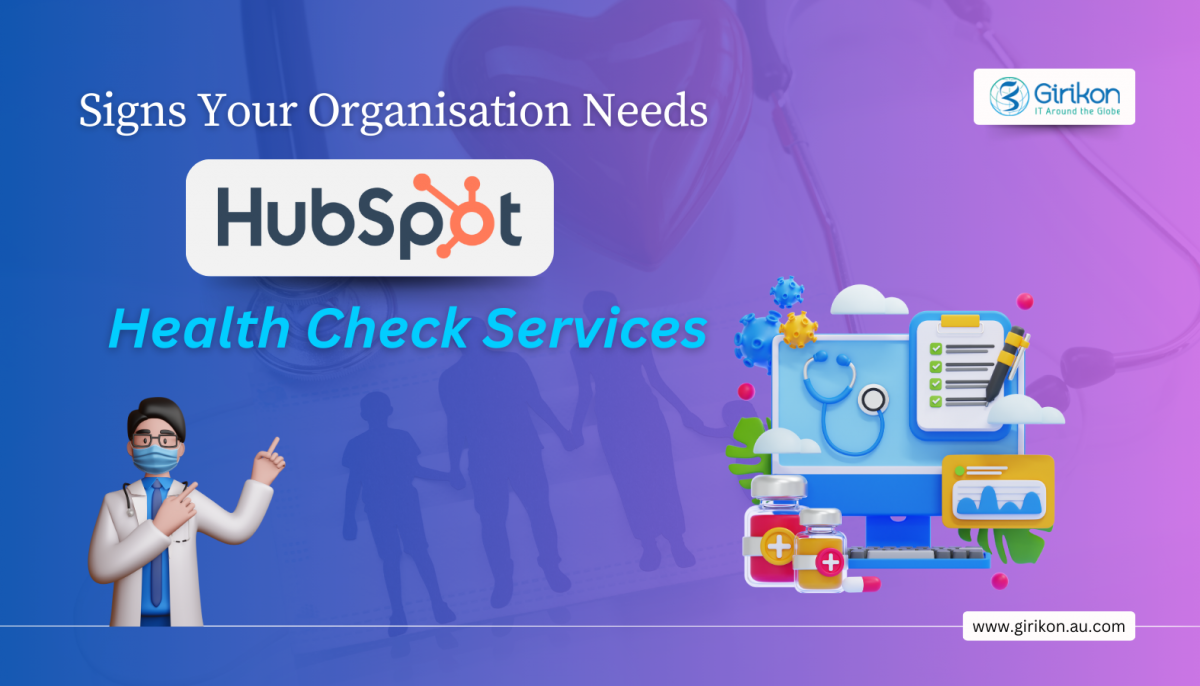Our Blogs
Customers today are better informed. They do detailed research before making purchase decisions and want to be in control of their journey. And they know how to be heard. Based on their experience in interacting with your brand, they can either shower eloquent praise about your brand on social media or be brutally honest about an unpleasant experience.

According to Salesforce, a whopping 73% of customers say one extraordinary experience raises their expectation from other businesses.
The bar has been set very high by customers, who are becoming increasing demanding.
Customers want to be treated as who they are, and not as a mere statistic. Which is why customer relationships are so vital to organizations, regardless of whether you are a startup or a global brand. To establish reputation and setting a high bar in today’s digital-first context, businesses need to deliver the best customer service possible at every touchpoint along the customer journey.
Keep your customer in focus.
Let’s look at a common example of an unpleasant customer service experience. A customer is put on hold endlessly by a service rep, who eventually gives a monotonous generic reply. The customer will most likely be frustrated that the service agent doesn’t have the relevant information to resolve the problem, and then conveniently gets passed on to another department. Like a game of musical chairs.
Customers are always interacting with multiple departments in your business through their journey. They want the best customer service experience at every touchpoint.
According to Salesforce, 72% of customers expect service reps of a business to have consistent and up to date information about them.
Best in class customer service is at the heart of Customer 360. Customers want a meaningful and engaging relationship. Prioritizing this relationship across departments throughout your enterprise is the hallmark of being customer-centric. It begins with asking tough questions that lay a foundation for the way you might have to change your customer service operations. Some of those questions could be:
- How should a service agent handle an upset customer?
- Do marketing, sales, and customer service teams work independently?
- Does the customer experience feel connected across interactions or disconnected?
Businesses that put customer relationships first drive customer loyalty and brand reputation. And their customers become their brand ambassadors.
Let’s look at 7 best practices for customer service that deliver exceptional customer experiences.
Make customer service best practices an intrinsic part of your enterprise wide DNA.
In an ideal scenario, when customers reach out to you with a service request, you greet them with a personal touch. The service rep has access to all the information about the customer at the click of a button and is able to resolve their issue quickly. The case is resolved, and the customer is fully satisfied with the interaction and sings high praise about your brand to friends and family and on social media.
To ensure that customers have this experience every single time, customer centric businesses need to adopt the following best practices:
1. Empower each employee
If every customer is equally important to you, then you would agree that your customer service department is, in a manner of speaking, the face of your brand. Consequently, it becomes critical that you attract the best talent and offer them competitive pay and incentives. Show them a clearly defined roadmap of training and growth. Make the onboarding and employment enjoyable with a fun-activity based approach. Provide opportunities for learning and evolution. Appreciate hard work and find innovative ways to reward good performance to drive employee satisfaction and retention. The thumb rule is – exceptional customer service follows exceptional and happy customer service teams.
2. Manage and exceed customer expectations
Customers more often than not expect the moon, but making out of this world promises may not be the best tactic. What if you can’t deliver on outlandish promises? Customers want transparency. They don’t like surprises, especially unpleasant ones. Be transparent you’re your customers. Let them know exactly what to expect and work hard to exceed them. When customers note that you are willing and capable to go the extra mile for them, they will stay loyal to your brand.
3. Nail it the first time
In today’s digitally connected world, customers have the power to affect your reputation and bottom line. And it depends a lot on the experience they had in interacting with you. They will share stories about their experiences with friends and family and write about it in social media. They will make informed decisions about which businesses they should spend their money on and make recommendations based on their personal experiences. And today, all of this can occur in a matter of minutes of their experience in interacting with you. Those few moments of customer interaction can make or break prospective customer relationships in the future. Inculcate an attitude of delighting customers. A strong start to a customer relationship holds they key to keeping it that way.
4. Empower yourself with data
Empower your service agents with the necessary tools to ask the right questions, gather key customer data, and populate your CRM platform accurately. The relevant questions that agents ask helps to not only foster a more meaningful dialogue, but also gives them the opportunity to carry out two vital tasks: receive and work on valuable feedback and enhance your skills to personalize customer interactions going forward. Customer needs are shifting rapidly, and real time data is a powerful asset to help you adapt to those changes.
5. Personalize the relationship
A good CRM tool is invaluable to deliver personalized customer experiences. In addition to aggregating, organizing, and analyzing data, CRM platforms also allow service agents to track customer preferences and interaction history. In today’s work from anywhere context, service agents can use cloud-based platforms like Salesforce, along with device-friendly tools to access real-time data to personalize the customer journey across every interaction.
6. Meet customers anywhere
Omni-channel customer service is the way to go today. Do thorough research to find out where your customers are and what mode they prefer to interact with such as phone, email, text, social media, chat, forums, or other ways. Empower your customer service teams with a powerful CRM platform so they can connect with customers whenever they want on the channel of their preference.
7. Maintain your focus
Clearly define your businesses’ customer service goals and then adopt a top-down approach from CEO to the newly hired service rep, to ensure everyone stays focused on customers. Maintain open communication across your enterprise. Give your service teams the tools and support they need to deliver best in class customer service, and reward them when they do. Your customers are the at the core of your business and putting them at the center of everything you do is the best thing you can do for your business.
Start your journey to building long-term customer relationships that grow with time by following these best practices.
Girikon is a Certified Salesforce Consultant and can help you make this a vision a reality. Contact us today to know more about how the world’s leading CRM platform can help you to foster deeper, long lasting customer relationships.

 +61-1300-332-888
+61-1300-332-888 +1-480-382-1320
+1-480-382-1320







































